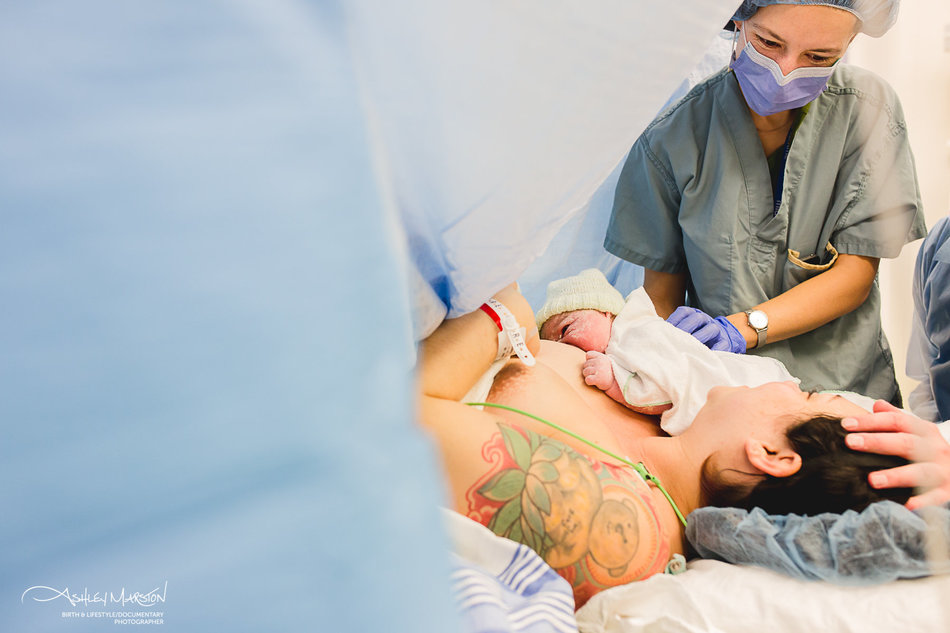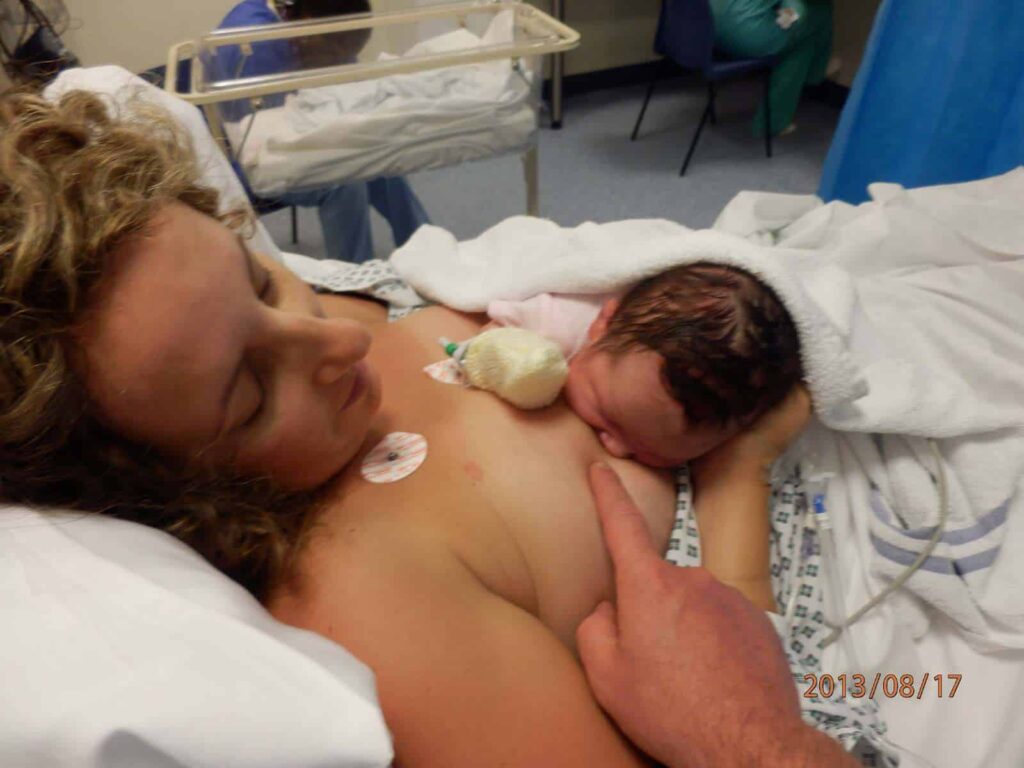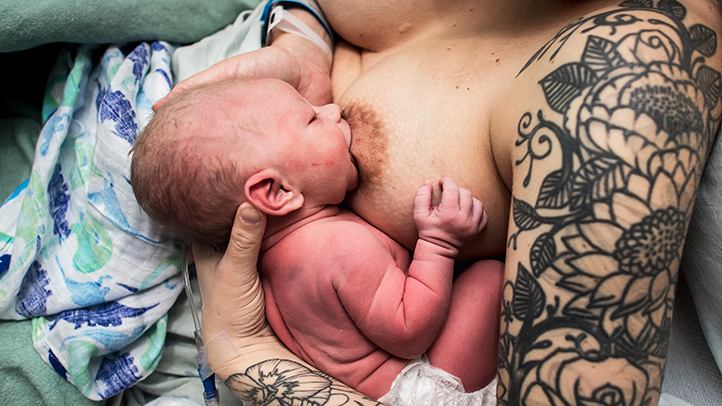Congratulations on the joyous arrival of your little one! As you embark on your journey of motherhood, it’s essential to be aware of the unique considerations that arise after a cesarean section. The decision to breastfeed your child holds immense benefits, not only for their health but also for the bond you will form. In this article, we will explore the specific aspects of breastfeeding after a cesarean section, shedding light on useful tips and support that will empower you to navigate this beautiful experience with confidence.
Benefits of breastfeeding after a cesarean section
Reduced risk of infection
Breastfeeding after a cesarean section can help reduce the risk of infection for both the mother and the baby. Breast milk contains antibodies and immune-boosting properties that can help protect against infections. The close contact between the mother and the baby during breastfeeding also helps to transfer these protective substances, providing an added layer of defense against infection.
Promotes bonding between mother and baby
Breastfeeding is a beautiful way to bond with your baby, and this bonding process is equally important after a cesarean section. The skin-to-skin contact and close physical proximity during breastfeeding stimulate the release of oxytocin, often referred to as the “love hormone.” Oxytocin promotes feelings of relaxation, happiness, and a strong emotional connection between mother and baby. This bonding experience can help create a strong foundation for the lifelong relationship between a mother and her child.
Provides optimal nutrition for the baby
Breast milk is often referred to as “liquid gold” because of its immense nutritional value. It contains the perfect combination of proteins, fats, carbohydrates, vitamins, and minerals that are essential for a baby’s growth and development. Breast milk is also easily digestible, reducing the chances of digestive issues such as constipation or diarrhea. Additionally, breast milk changes in composition to meet the specific needs of a growing baby, providing tailored nutrition that cannot be replicated by any other means.
Challenges of breastfeeding after a cesarean section
Pain and discomfort
After a cesarean section, it is common to experience pain and discomfort in the abdominal area. This can make breastfeeding challenging, as it requires mothers to find comfortable positions that avoid putting pressure on the incision site. However, with proper pain management techniques, such as prescribed medication and support from healthcare providers, this challenge can be overcome.
Delayed milk production
Some women may experience a delay in milk production after a cesarean section. This can be attributed to the physiological stress of surgery and the impact it can have on hormone levels. However, it is important to remember that delayed milk production does not mean that a mother cannot breastfeed successfully. With time, patience, and proper support, milk production will typically increase, and breastfeeding can be established.
Difficulties with positioning and latching
Finding comfortable breastfeeding positions and ensuring a proper latch can be challenging after a cesarean section due to the discomfort in the abdominal area. It may take some time and practice to find the positions that work best for both the mother and the baby. Working with a lactation consultant can provide valuable guidance and support in overcoming these difficulties and ensuring that the baby latches correctly for effective breastfeeding.


Preparing for breastfeeding after a cesarean section
Discussing breastfeeding with healthcare provider
During prenatal check-ups, it is important to discuss your intention to breastfeed with your healthcare provider. They can provide valuable information and guidance specific to your situation. They can also address any concerns or questions you may have, ensuring that you are well-prepared for breastfeeding after your cesarean section.
Attending prenatal breastfeeding classes
Attending prenatal breastfeeding classes can be incredibly beneficial for mothers planning to breastfeed after a cesarean section. These classes offer valuable information on breastfeeding techniques, positioning, latching, and overcoming common challenges. They also provide an opportunity to connect with other expectant parents who may be going through similar experiences, creating a support network for the breastfeeding journey ahead.
Learning about breastfeeding positions suitable for a post-cesarean recovery
It is essential to educate yourself about breastfeeding positions that are suitable for a post-cesarean recovery. Positions that avoid putting pressure on the incision site, such as side-lying, football hold, and cross-cradle hold, can provide comfort and support while breastfeeding. Learning and practicing these positions before giving birth can help ensure a smoother transition to breastfeeding after a cesarean section.
Breastfeeding immediately after a cesarean section
Skin-to-skin contact in the operating room
Whenever possible, it is recommended to have skin-to-skin contact with the baby in the operating room immediately after a cesarean section. This early contact helps initiate breastfeeding by stimulating the baby’s natural instincts to seek the breast. It also helps release oxytocin in the mother, which aids in milk production and promotes bonding.
Establishing breastfeeding in the recovery room
If skin-to-skin contact was not feasible in the operating room, it is essential to establish breastfeeding as soon as possible in the recovery room. This early initiation allows the baby to begin nursing, which helps stimulate milk production and establishes a strong breastfeeding relationship. The support of healthcare providers, such as nurses and lactation consultants, can be invaluable during this crucial time.
Importance of rooming-in with the baby
Rooming-in, where the baby stays in the same room as the mother, is particularly important after a cesarean section. This constant proximity promotes frequent and comfortable breastfeeding opportunities. It allows mothers to respond to their baby’s hunger cues promptly and provide the necessary nourishment and comfort. Rooming-in also promotes bonding and helps establish a routine for breastfeeding during the hospital stay and beyond.


Managing pain and discomfort during breastfeeding
Using pain relief medication as prescribed
To manage pain and discomfort during breastfeeding after a cesarean section, it is important to follow the prescribed pain relief medication regimen. Taking the medication as directed can help alleviate pain, allowing mothers to breastfeed more comfortably. It is important to consult with healthcare providers to ensure that any prescribed medication is safe for breastfeeding.
Supporting the incision site
Supporting the incision site during breastfeeding is crucial to minimize discomfort. Placing a pillow or rolled-up towel under the baby’s position can help alleviate pressure on the incision area. It is important to experiment with different positions and find what works best for both the mother and the baby. Consulting with a lactation consultant can provide additional guidance on positioning techniques.
Seeking assistance from a lactation consultant
If pain and discomfort persist or if positioning and latching continue to be challenging, seeking assistance from a lactation consultant can be instrumental in finding solutions. Lactation consultants are trained professionals who specialize in breastfeeding support. They can provide personalized guidance, troubleshooting tips, and ensure that both the mother and the baby are comfortable and successfully breastfeeding.
Addressing delayed milk production after a cesarean section
Frequent and effective breastfeeding
To address delayed milk production after a cesarean section, it is important to breastfeed frequently and effectively. The frequent stimulation of the breasts through breastfeeding signals the body to produce more milk. Offering the breast to the baby whenever they show hunger cues, even if they have consumed a small amount, can help increase milk production.
Using breast pumps to stimulate milk production
Breast pumps can be utilized to stimulate milk production, especially if direct breastfeeding is challenging or if the baby is not yet latching effectively. Pumping after breastfeeding sessions can help stimulate the breasts further, promoting increased milk production. Consulting with a lactation consultant can provide guidance on choosing the right type of breast pump and establishing a pumping routine.
Ensuring proper hydration and nutrition
Proper hydration and nutrition are essential for successful breastfeeding after a cesarean section. Drinking ample amounts of water throughout the day can help maintain milk supply. Consuming a balanced diet rich in fruits, vegetables, whole grains, and protein ensures that the body has the necessary nutrients to produce breast milk. It is important to consult with healthcare providers or a registered dietitian to ensure an optimal diet for breastfeeding.


Positioning and latching techniques for breastfeeding after a cesarean section
Side-lying position
The side-lying position is a popular choice for breastfeeding after a cesarean section as it minimizes strain on the incision site. To achieve this position, a mother can lie on her side with a pillow to support her head and shoulders. The baby can be placed facing the mother’s breast with their body curled towards her. This position provides comfort and allows for easy latching.
Football hold position
The football hold position is another comfortable option for breastfeeding after a cesarean section. In this position, the baby is positioned alongside the mother’s body, with their legs tucked under her arm. The mother can use a pillow to support her arm and the baby’s body. This position ensures the baby’s weight is not resting on the incision site, reducing discomfort during breastfeeding.
Cross-cradle hold position
The cross-cradle hold position is effective for ensuring a proper latch after a cesarean section. In this position, the mother supports the baby’s head with the hand opposite to the breast they are feeding from. The baby’s body rests comfortably against the mother’s arm and body. The cross-cradle hold allows for better control during latching and positioning.
Seeking support for breastfeeding after a cesarean section
Joining breastfeeding support groups
Joining breastfeeding support groups is an excellent way to connect with other mothers who have experienced or are going through a similar journey. These groups provide a safe space to seek advice, share experiences, and find emotional support. Breastfeeding support groups are often available in community centers, hospitals, and online platforms.
Consulting with a lactation consultant
A lactation consultant can provide expert guidance and support on breastfeeding after a cesarean section. They can assess the mother’s breastfeeding technique, offer solutions to challenges, and provide personalized recommendations. Working closely with a lactation consultant can help address specific concerns, build confidence, and ensure successful breastfeeding.
Getting support from partner and family members
Support from partners and family members is crucial during the breastfeeding journey, especially after a cesarean section. Partners can provide practical help, such as assisting with positioning and latching, and providing emotional support. Family members can assist with household chores and other responsibilities, allowing the mother to focus on breastfeeding and recovery.


Overcoming common challenges when breastfeeding after a cesarean section
Engorgement and blocked milk ducts
Engorgement and blocked milk ducts can occur when milk production is well-established after a cesarean section. To overcome this challenge, it is important to breastfeed frequently, emptying the breasts regularly. Applying warm compresses or taking a warm shower before breastfeeding can help relieve engorgement. Massaging the breasts while feeding and experimenting with different breastfeeding positions can also help clear blocked ducts.
Nipple soreness and cracked nipples
Nipple soreness and cracked nipples can be common challenges when breastfeeding after a cesarean section. It is essential to ensure a proper latch, as an incorrect latch can cause nipple pain and damage. Applying lanolin or a nipple cream to soothe sore nipples can provide relief. Offering the less sore breast first during feedings can also help alleviate discomfort.
Low milk supply
Low milk supply can be a concern for some mothers after a cesarean section. To address this challenge, it is important to continue breastfeeding frequently and effectively. Nurse-on-demand, offering both breasts during each feeding, and using breast compressions can help stimulate milk production. Consulting with a lactation consultant can provide personalized guidance in increasing milk supply and establishing a steady breastfeeding routine.
How to ensure successful breastfeeding after a cesarean section
Seeking professional help if needed
If breastfeeding challenges persist or if concerns arise, it is crucial to seek professional help from healthcare providers or lactation consultants. These professionals can provide guidance, reassurance, and support tailored to individual circumstances. With their expertise and personalized assistance, mothers can overcome any hurdles and ensure successful breastfeeding after a cesarean section.
Patience and perseverance
Breastfeeding after a cesarean section may require patience and perseverance. It is important to remember that breastfeeding is a learned skill for both the mother and the baby. It may take time to establish a comfortable routine and overcome any challenges. By staying patient and persistent, mothers can overcome obstacles and have a fulfilling breastfeeding experience.
Creating a supportive breastfeeding environment
Creating a supportive breastfeeding environment is crucial to ensuring success after a cesarean section. This includes having a comfortable breastfeeding area with pillows for support, having easy access to breastfeeding supplies, and establishing a routine that works for both the mother and the baby. Support from partners, family members, and friends is also vital in maintaining a positive and nurturing environment for breastfeeding.


